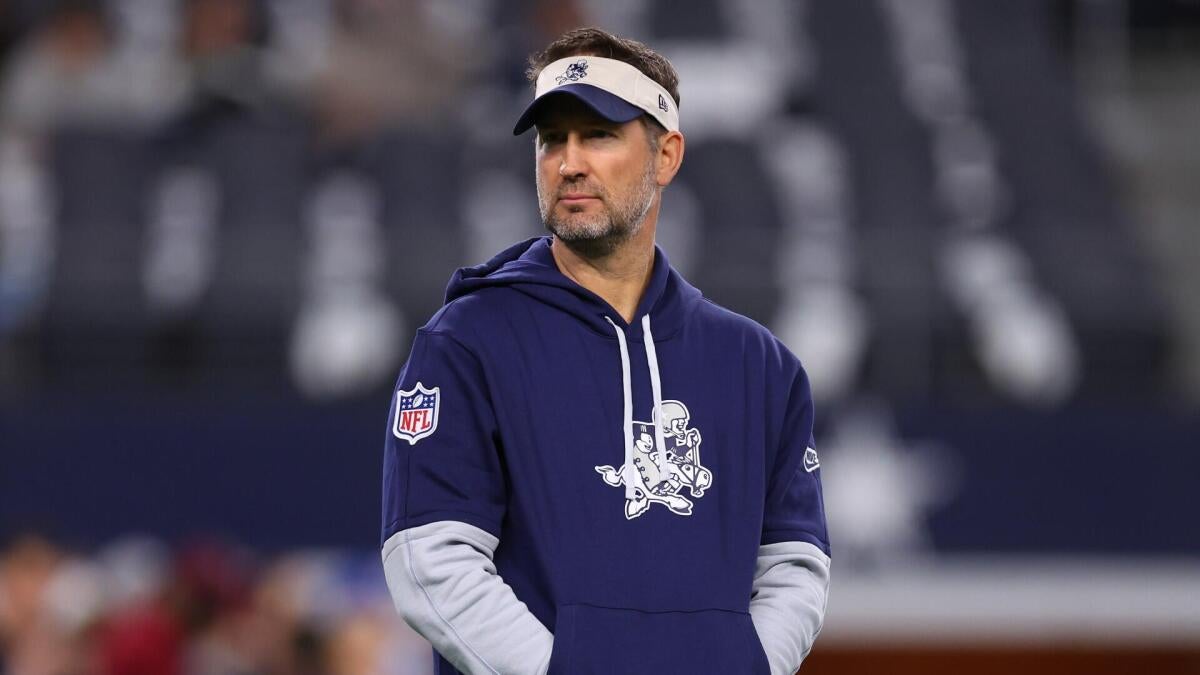Brian Schottenheimer’s tenure as head coach of the Dallas Cowboys marks a pivotal cultural turning point for the franchise. Beyond on-field strategies and play calling, Schottenheimer has embarked on a comprehensive overhaul of the locker room atmosphere and team dynamics, seeking to transform the Cowboys’ identity through deliberate changes emphasizing competition, connection, and consistency.
Cultivating Competition and Camaraderie
One of the standout features of Schottenheimer’s approach is the introduction and repositioning of recreational elements within the team environment, notably relocating a ping pong table to the locker room. While seemingly minor, this move reflects a broader philosophy of fostering competitive spirit and camaraderie simultaneously. By creating informal, daily competitive outlets—ranging from ping pong shootouts to free throw contests—Schottenheimer aims to complement formal football preparation with activities that build team chemistry and lighten the mood amid rigorous routines.
This infusion of friendly competition is inspired in part by other professional sports cultures, such as hockey, where similar ‘shootouts’ are part of player interaction. By importing this concept into the Dallas Cowboys’ locker room, Schottenheimer signals a break from prior cultural norms and encourages a more engaged, spirited collective mindset.
Strategic Locker Room Reassignments: Leaders Among Leaders
Schottenheimer has enacted purposeful changes in locker assignments to reinforce the team’s leadership structure and promote stronger bonds among key players. Notably, he placed linebacker Micah Parsons adjacent to quarterback Dak Prescott, symbolically and practically positioning two of the Cowboys’ premier leaders to foster a closer relationship. Similarly, Prescott remains next to wide receiver CeeDee Lamb, reinforcing the concept of the “Big 3” leadership cadre.
These locker room shifts are not arbitrary; they are aimed at enhancing communication, accountability, and mutual support among influential players. By doing so, Schottenheimer is setting the tone for an environment where leadership is visible, accessible, and intertwined with everyday operations.
Emphasizing Consistency and Personal Connections
As a coach, Schottenheimer is committed to maintaining his core principles of consistency and connection, traits that have defined his coaching style prior to his Dallas Cowboys head coaching role. He has resisted the urge to overhaul foundational aspects of his leadership, opting instead to build trust and discipline through genuine interactions with players and staff.
An example of this is seen through his personalized engagements, such as congratulatory calls to players like Osa Odighizuwa, demonstrating that his leadership equally values performance and personal recognition. Schottenheimer believes that culture is shaped through steady, sincere connections that foster team unity and confidence in shared goals.
Changing the Culture Beyond Symbolism
Schottenheimer’s cultural transformation is not merely cosmetic; it touches the strategic identity of the team. The Cowboys have historically been criticized for prioritizing raw talent over locker room chemistry, but under Schottenheimer’s guidance, there is a conscious pivot towards valuing the collective spirit and interpersonal dynamics as integral to success.
This shift also includes engaging players and coaches outside of traditional settings, such as organizing dinners and team gatherings, further breaking down hierarchical barriers and promoting a family-like atmosphere. These initiatives reflect an understanding that a cohesive locker room culture translates directly to performance cohesion on the field.
Balancing Tradition and Innovation
While Schottenheimer is keen to stamp his personality on the team, he also recognizes the value of continuity. His first moves as head coach blend innovation with respect for existing elements, such as retaining key playmakers in leadership roles and maintaining certain traditions. He is clear about not wanting to “change who he is” but instead leverage his authentic style to revitalize the Cowboys.
His approach reflects an understanding that cultural change must be sustainable and credible—players respond best when they sense sincerity and steady direction rather than sudden upheaval.
Early Impact and Forward Outlook
With the Cowboys finishing the previous season with a disappointing 7-10 record, the organization and fans are eager for revival. Schottenheimer’s immediate cultural initiatives have garnered praise from the front office and players alike, who recognize the early signs of a positive atmosphere.
The Cowboys also embraced a new draft philosophy aligned with this culture change, emphasizing not only talent but compatibility with the evolving team identity. Schottenheimer has shown intentionality in how rookies are integrated into the locker room dynamic, understanding that culture is nurtured from the ground up.
Conclusion: Building a Legacy of Culture and Competitiveness
Brian Schottenheimer’s impact on the Dallas Cowboys transcends tactical game plans. His deliberate efforts to reshape the locker room culture through competition, connection, and strategic leadership positioning signal a thoughtful, multi-dimensional approach to team building. By balancing authenticity with innovation, fostering visible leadership, and embedding a culture of daily competition and camaraderie, Schottenheimer is laying the foundation for a Cowboys franchise that is not only talented but tightly bonded and resilient.
As the Cowboys enter this new chapter marked by Schottenheimer’s leadership, the renewed emphasis on culture promises to be a defining element of the team’s trajectory. If the past weeks are any indication, “Schotty’s” Cowboys might just be at the start of a vibrant era defined by unity, enthusiasm, and a fierce competitive spirit both on and off the field.





